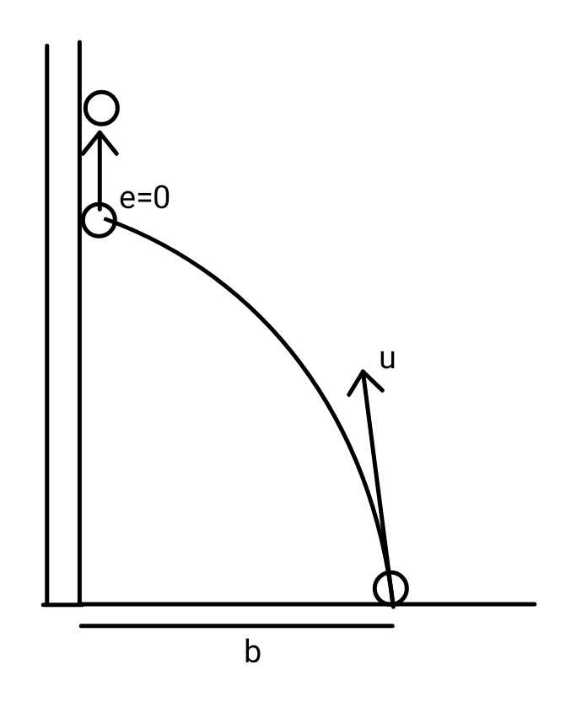
Question and Answers Forum
Question Number 174823 by ajfour last updated on 11/Aug/22

Commented by ajfour last updated on 11/Aug/22

Answered by mr W last updated on 13/Aug/22
![t_1 =(b/(u cos θ)) v_1 =u sin θ−((gb)/(u cos θ)) ≥0 sin 2θ≥((2gb)/u^2 ) ⇒(1/2)sin^(−1) ((2gb)/u^2 )≤θ≤(π/2)−(1/2)sin^(−1) ((2gb)/u^2 ) ⇒u≥(√(2gb)) max. height reached: h=(((u sin θ)^2 )/(2g))=((u^2 (1−cos 2θ))/(4g)) ≤ (u^2 /(4g))[1+(√(1−(((2gb)/u^2 ))^2 ))]=h_(max)](Q174874.png)
Commented by ajfour last updated on 13/Aug/22

Commented by Tawa11 last updated on 14/Aug/22

